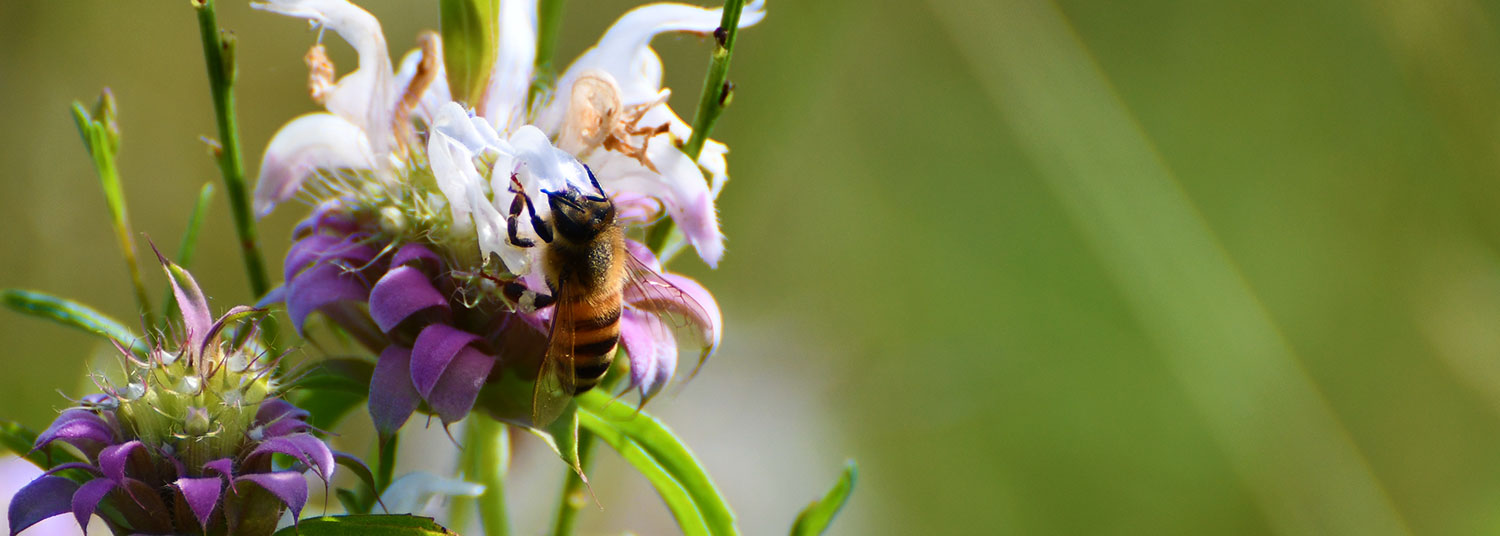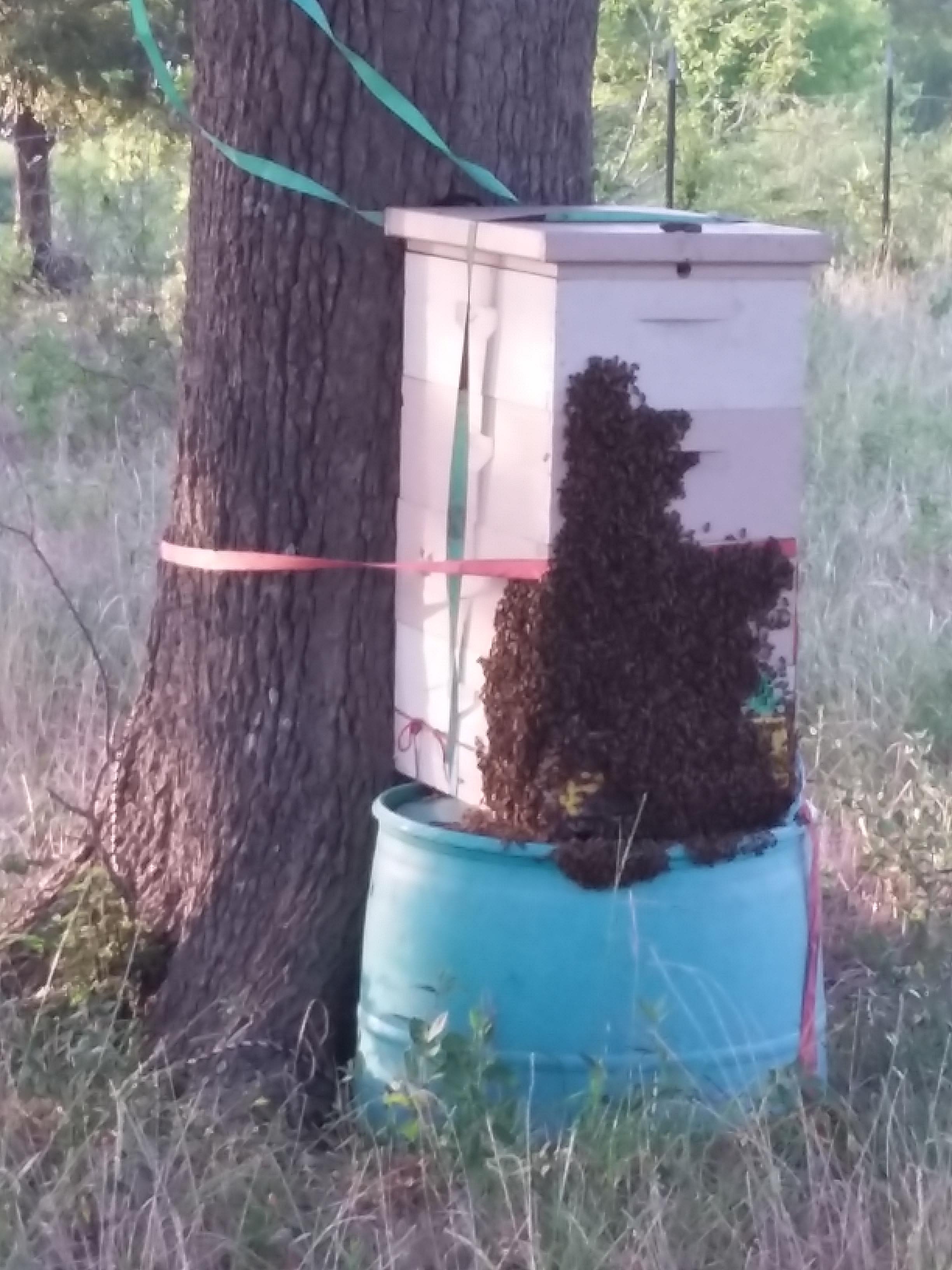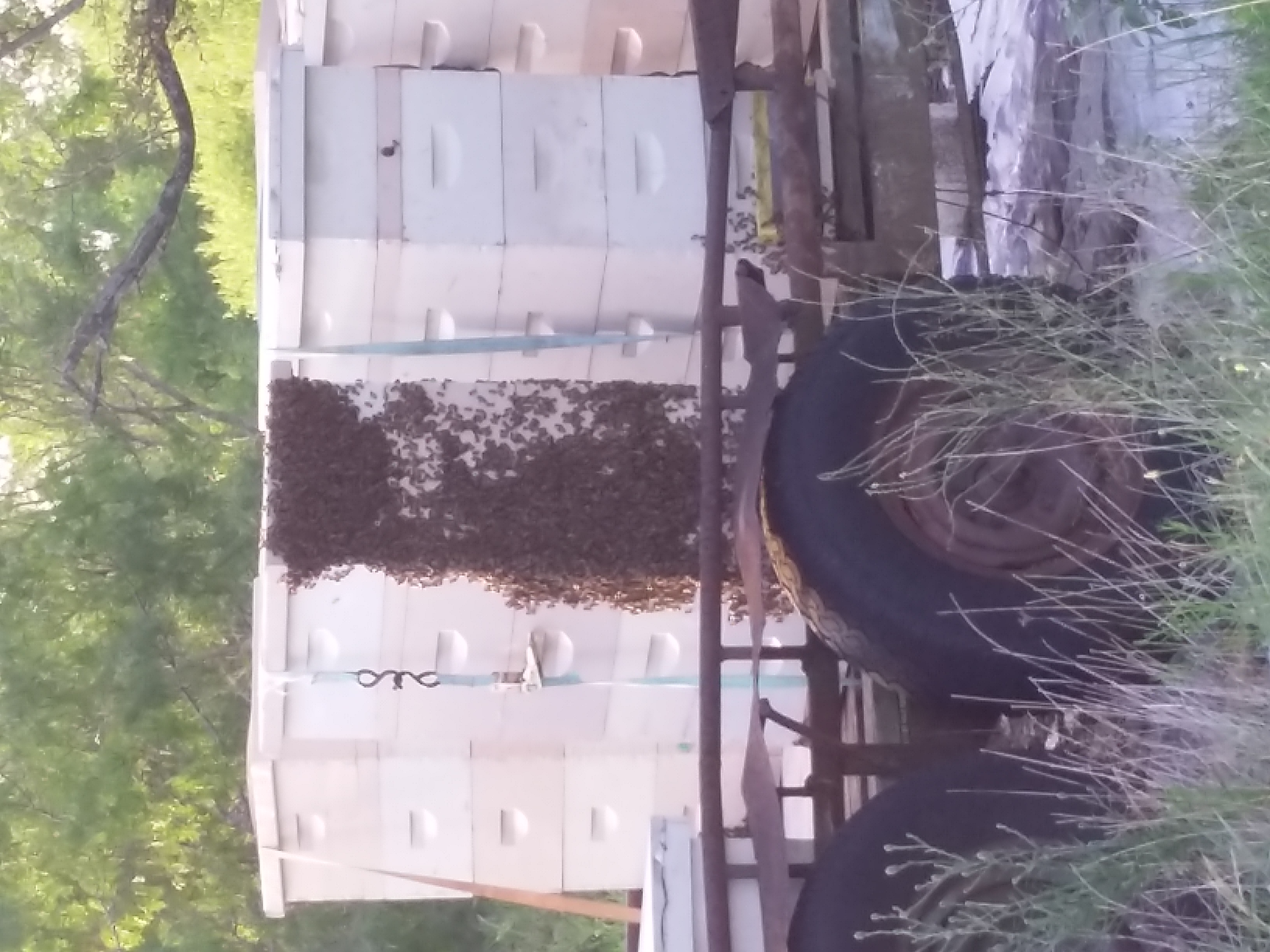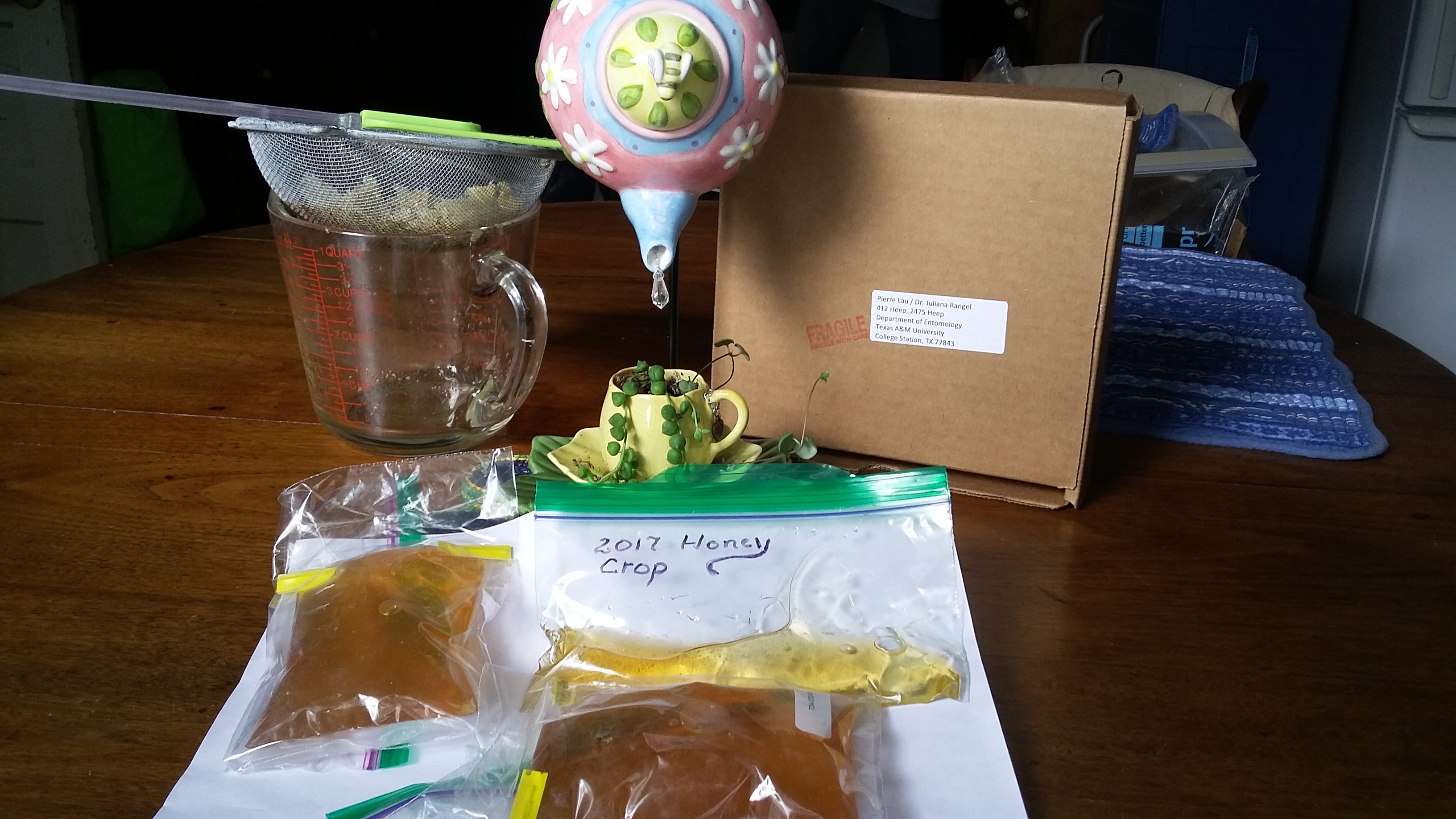Heart of America Honey, born in June of 2019, was given by God to Carolyn in spite of herself. Carolyn's beekeeping journey started when her daughter, after hearing her express interest in beekeeping, paid for her to go to a beekeeping conference with one of her daughter's co-workers. From that date, Carolyn attended every bee conference she could, learning and researching in the hope of keeping bees some day.
In 2016, Carolyn began her beekeeping journey in Texas, purchasing and building wooden ware in anticipation of getting bees the next year. God put her on a property where she was able to pursue swarm collection. Researching all best practices in swarm collection, she put out 21 traps the next year and had 14 or 15 hives by the end of the year. The first swarm caught violated almost all of the recommended best practices for catching swarms. For more information about her journey, including pictures and videos, go to WannaBeeKeeper.com (under construction at this time).
Currently located in Grimes County, Texas, she has +- 17 hives and Richards, Missouri. The location of the Texas apiary is ideal because of the low agricultural chemical use on the surrounding land. Proximity to the Navasota river provides abundant forage for the bees.
In Richards, the hives are tucked away behind the timber in an amazing meadow which is covered in white flowers which are five feet tall in the summer. Abundant pecan and other native trees provide pollen while native plants provide nectar and pollen.
Carolyn is a chemical free beekeeper, her bees are "hygienic" and/or resistant. This means they have certain behaviors that eliminate or reduce pests in the hive. All but one of her hives are "Africanized" but they are surprisingly calm. TAMU used her bees for a research project and she was given their genetic information from that research; hence the certain knowledge that they are "Africanized."
 Heart of America Honey™
Heart of America Honey™


